How wonderful it would be if Indias empowered, fashion forward, woke consumer would say these two words to buying and preserving the countrys magical handlooms
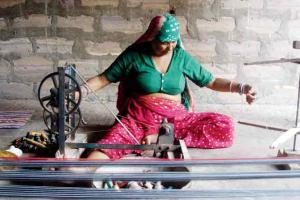
A woman weaver works on handloom yarn at master weaver Vishram Valji Vankar's home at Bhujodi, Kutch. Pic courtesy/Artsians'
This week on August 7, India will celebrate National Handloom Day. The date harks back to 1905 when Mahatma Gandhi supported the call for buying local, and formalised the Swadeshi Movement at Calcutta's Town Hall on August 7.
ADVERTISEMENT
He called for the boycott of "Manchester-made cloth". Interestingly, he laid stress on being mindful of how this cloth was produced—and not only where. He asked Indians to assess if its manufacture involved exploitation, whether by the British or privileged Indians, thus possibly laying the foundation of what we now know as ethical production and fair trade.
The occasion couldn't be more relevant when India is introspecting on how to build a lifestyle that hinges on local and indigenous produce with the double aim of not just lowering carbon footprint, given how closely climate change has found to be linked to the Coronavirus pandemic, but also support local professionals and businesses at a time when the economy has tanked.
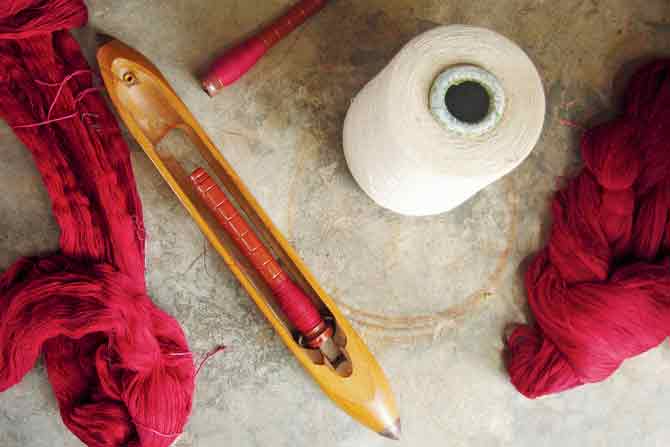
Yarn and shuttle for handloom weaving
In India, the handloom sector employs more than 43 lakh people, directly or indirectly, contributing to more than 15 per cent of the fabric production of the country. It is the second largest after the agricultural sector and plays a major role in exports.
And yet, rarely do we have a heated debate on handspun, handwoven fabric. How often did we discuss the plight of weavers and artisans during the lockdown-induced economic crisis? Why aren't those who spend their lives supporting the crafts considered influencers?
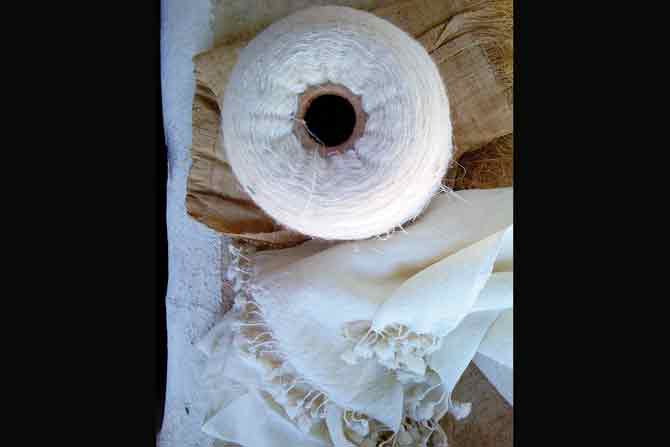
Organic unbleached cotton yarn
It's a good time to hear it from those who have made it their passion to go beyond ethical finger-wagging and give Indian handlooms the fillip they deserve.
Ravikiran
Of metaphor Racha, a proprietor owned self-funded social enterprise working with co-operative societies from north Karnataka, where the yarn is Ambara Charaka spun and then handwoven. Metaphor Racha refrains from using the word KHADI, respecting the KVIC guidelines of trademarking the word
Traditionally, there have been two different kinds of handwoven textile: a simple coarse-textured fabric for the layperson and a skillfully refined one for the wealthy. The refined textiles always managed to survive under patronage. But the simple textile made by masses, for the masses, doesn't require an evangelist anymore. Gandhiji was the perfect evangelist who came when acutely needed. As long as we, as a society, understand the need for handmade products and people behind them as life-essentials, we will not need evangelists.
It's unfortunate, when words like handloom, khadi, sustainability, are used irresponsibly and end up being buzzwords for the season. But hashtags, they say, are a technological demand.
At metaphor Racha, we try and bring the makers to the forefront and talk about the importance of purpose-people-process-product (in the same order), both on our social media and blog.
There is also a need to re-define the word khadi. Khadi is not only a decentralised way of working but also selling. Khadi is also about working with farmers growing short-staple indigenous cotton. Khadi is not just a fabric, but way of life. Khadi workers are not labourers, but guardians of our culture.
Mayank Mansingh Kaul

The age of others speaking on their (weavers) behalf is over! Simultaneously, a new, young generation that works at the grass roots levels needs to be heard for their fresh ideas. Pic/Sanjit Das
Delhi-based writer and curator with a focus on contemporary histories of textiles and design
Handlooms don't exist as a monolithic identity. They have diverse definitions and meaning—as a means of livelihood for millions of weavers, and for others a ritual within communities. It's also seen as an artistic product made at the highest level of excellence.
Since independence, due to Gandhian ideology, the patronage to handlooms has hinged on moral or ethical grounds. This has informed a certain generation of patrons and historians, who have their reasons to believe in its future. In my view, this is often highly romanticised. Why not ask the weavers themselves if handlooms have a reason to survive? Let's hear their voices in discussions.
Sitting at the base of the social hierarchy, weavers and their families, understandably, wish that the next generation not continue the family tradition. Let's give a thought to how they got reduced to merely being skilled producers for a designer's ideas. Let's recognise their inherent ability to innovate; it might just instill dignity in their creative production.
Handlooms will survive, and thrive, if they can compete at the highest level of quality. If machines can make something better than the hand, then the hand needs to make something which the machine cannot replicate.
Hema Shroff Patel
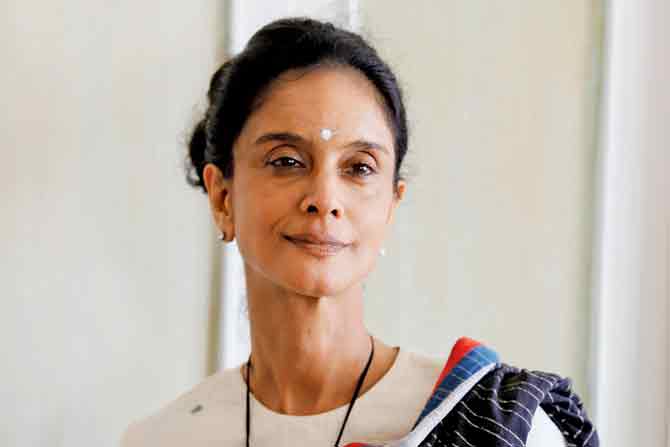
I’d like Indians to visit places like Maheshwar to see how our textiles are made and appreciate the handloom process. Handlooms hold memories; loving hands make them
Former board advisor for WomenWeave Charitable Trust, Maheshwar, and founder and co-designer at Amba
AS a textile practitioner, I believe good design works in tandem with the specific skillsets of artisans. I launched Amba in 1999 as a micro-label and social enterprise. Two years back, we turned our workshop into a design lab where we work closely with select designers on a project basis.
The pandemic has provided opportunity for introspection. Hopefully, it will inspire those who are drawn to international brands to pause and understand what our rich craft heritage holds. Every single facet of design—be it architecture, art or textiles is right here—in India.
Real, tangible change won't come with Instagram hashtags but with uncompromising honesty and transparency, which are larger sustainable brand values. We need to put the health and welfare of our craftspeople at the heart of our business systems, treat them as assets. For example, I feel artisans thrive the most in their natural habitat. A designer's responsibility is to not encourage artisans to move to cities, but provide work for them around their communities.
Ritu Sethi

We need a round table of discussion and recording, and while doing so, we should not bring a colonial mindset to the table
Founder-trustee of the Craft Revival Trust, editor of Global-InCh, online international journal of intangible cultural heritage and oversees Asia-InCh, an online encyclopedia on the traditional arts, crafts, textiles and its practitioners across South Asia
JUST before the pandemic broke, the Craft Revival Trust collaborated for a huge one-day seminar in Delhi called After the Nawabs, on the Himru weave. Worn by sultans, emperors and nawabs, the seminar examined the Himru weave over a span of seven centuries to its present avatar. We were delighted to see craft practitioners share the room with academicians, speakers and connoisseurs. We also saw a bigger turnout of young Indian researchers; previously it was mostly their counterparts from abroad who were interested in studying India's indigenous traditions and textiles. The change has come from the inherent understanding that we are losing so much; but instead of bemoaning, we are taking action.
I hope the pandemic has made at least some of us become mindful about what we wear and whom we patronise. The conversation around buy local, hopefully will lead to a powerful connection with the makers of handlooms. We need to treat crafts and its makers in exactly the same way as other skilled professions.
Sona Puri

The sheer size of the crafts and handlooms market is mind-boggling, and if done the right way, a digital platform can play key role in empowering artisans
Co-founder and CEO, The India Craft House
IT is rewarding to know that TICH was one of the first to realise the potential of Indian handicrafts and handlooms and use e-commerce to promote them. We follow an inventory-based model, where we buy the products from artisans directly rather than function as a marketplace.
It's difficult to sift the real, authentic players from those who are in it to cash in. If you are a fake, it will show in your limited reach and range. It all depends on the psychograph of a customer to make the intelligent choice.
Everyone's motivations are different. One has to understand it's not easy to work with artisans. We are strict about sourcing norms and ensure that artisans benefit directly at fair prices.
The pandemic has made us realise the importance of curating what already exists, but also create new collections, and increase our bandwidth to feature as many artisans and clusters on the website. We have not even touched the tip of the iceberg of what this country has to offer.
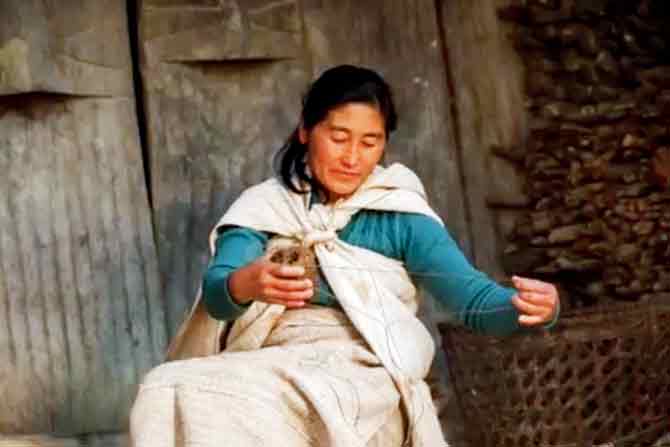
Indigenous women of the Chakhesang tribe from a Naga village weave nettle shawls on back-strap looms. The fiber-to-fabric journey is self-sustaining. Stinging nettle is foraged from the wild once a year. The fiber is then thigh-reeled and hand-spun into yarn, softened, bleached, and strip-woven on back-strap looms. These are joined skillfully at the edges to make large shawls, which are not only warm but waterproof too. PIC COURTESY/ROKOVOR VIHIENUO AND RADHI PAREKH OF ARTISANS’
Radhi Parekh
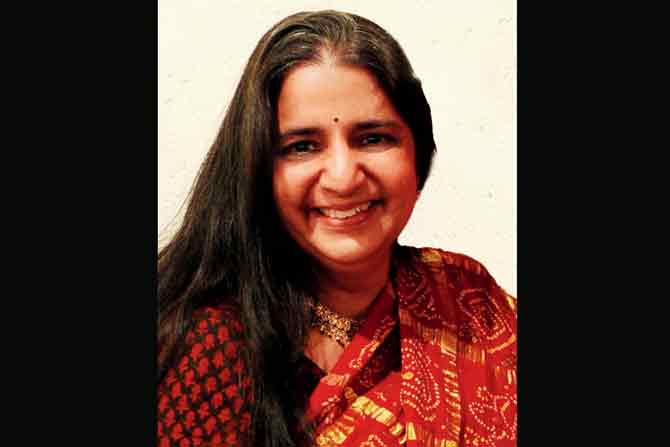 Unlike what our designers love to romanticise—handmade is not a luxury in India, though it might be for foreigners
Unlike what our designers love to romanticise—handmade is not a luxury in India, though it might be for foreigners
Founder, ARTISANS', Mumbai
Sustainability and slow fashion are part of everyday conversation today, but that wasn't the case a decade ago. ARTISANS' was launched in 2011 at Kala Ghoda as an antithesis to a white cube gallery that would provide cross-pollination between the arts, crafts and sustainable design. While promoting and telling human stories of the crafts and its maker, the idea was to also create a new tribe of buyers who will appreciate the cultural significance of indigenous, handmade products. Honest pricing was another important factor. We still have a long way to go in terms of transforming the perception of handlooms. But we can start with collaborating with younger designers who bring a fresh perspective.
I hope the pandemic is a turning point in consciousness, and that there will be a change in our values and whom we decide to endorse and support. It has provided us with a great challenge—how can we make the Indian crafts and textiles appealing to generation Z? They are turning their backs on the capitalist way of buying, and are looking at alternative, safer models of producing clothes.
David Abraham

We need to review the quality parameters that have been developed to evaluate industrially manufactured product, which are often thoughtlessly applied to the handloom sector
Creative director, Abraham & Thakore
Designers are a relatively small section within the larger handmade conversation; they are the flag-bearers, they bring noise and energy to the space. It's the large clothing manufacturers, the department stores who can look at their supply chains. But, that means rejigging their entire philosophy.
Handloom fabrics by nature are inconsistent but that does not have to be regarded as a flaw. The large supply chains work on strict parameters, there's no allowance for surface inconsistencies. We deal with this often because we work with handlooms. There are going to be inconsistencies because they are made by hand. We need to question the need for absolute uniformity, celebrate the inherent variation of handmade products and create wider awareness among consumers and manufacturers that inconsistency is a value proposition.
A movement began five years ago in taking nationalist pride in being Indian. We all want the Indian experience, be it with gin or a holiday. The pandemic may affect our choices going forward, but it has to be done cleverly. A great new organic product has to also be packaged slickly.
Pavithra Muddaya
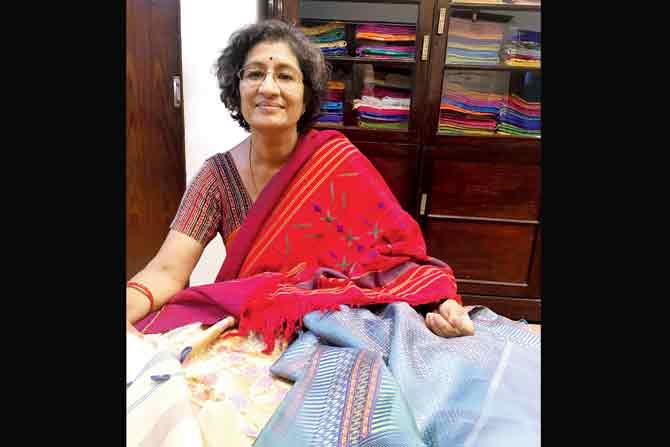
There are no straight answers. But we can start by giving weavers the respect and dignity they rightfully deserve
Founder, Vimor, a brand that has been reviewing, designing and selling South Indian handloom sarees since 1974
Design can't be about creative fancy alone, it has to serve the weaver, designer and the wearer. The Coronavirus outbreak is obviously a huge worry for the handloom sector, and might challenge our senior weavers who cannot practice anymore. They are repositories of knowledge and skills for the new generation of weavers, and they are scared and isolated. We introduced the Knowledge Bank Pension Fund with the intent of articulating the words at the heart of the value-based debate through our deeds. Only then there will be any real, lasting difference to the community of weavers.
In addition, there are other aspects that would help the movement of change. For example, why do we feel obligated to bargain for handlooms? Is it because we don't respect our own craftsmanship? Why do we practice double standards when it comes to the luxury
of handmade?
Aliya Curmally
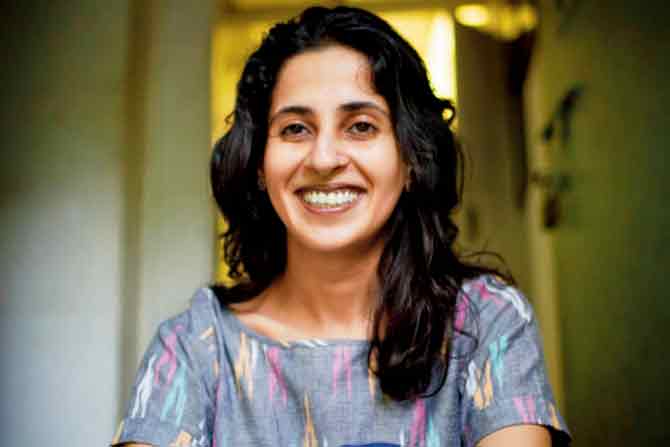
We do need to double the efforts at preserving weaving skills and ensure we are not losing traditional knowledge
Head of strategy & interim country head of Fashion Revolution India
This is our chance to reboot efforts and change our course. We can re-define the relevance of handlooms within the discussion of economic activity that can also meet Sustainable Development Goals (SDG). A large requirement of the world's textile needs can be met by the low-carbon handloom textile industry here, given India's repository of traditional knowledge and skill. We should encourage sustainable businesses that are committed to meeting the SDGs by 2050 to consider how and where buying handloom fits into the post-pandemic world.
For the future, let's encourage stakeholders to consider long-term financial planning and hope to see handloom communities being 'future-proofed' for times of crisis and disaster. Most clusters are in rural areas where natural disasters (cyclones, floods) occur. I believe that there needs to be an awareness on the part of the buyer about whether they are buying from a community that is secured from devastation. This will bring respect and understanding about the circumstances of the community that made the handloom they own.
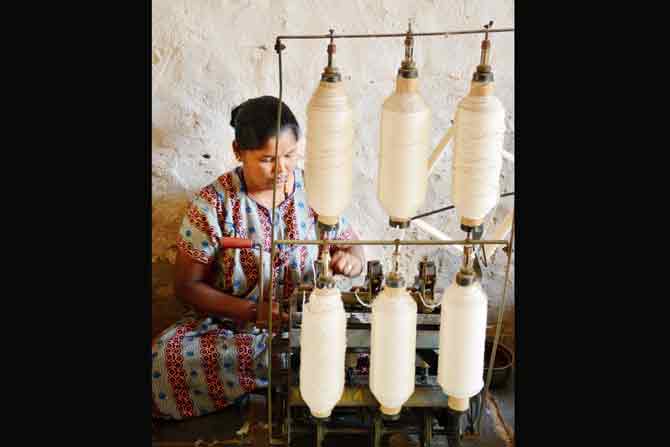
Ambara Charakha spinning is a process where the sliver is drawn to the desired fineness with a required twist, resulting in a yarn that is used in a convenient form. A majority of the workforce behind the activity of spinning includes rural women-folk. PIC COURTESY/METAPHOR RACHA

A finished handspun and handwoven saree by metaphor Racha follows a dozen processes, which begin at cotton picking and end at weaving
Catch up on all the latest Mumbai news, crime news, current affairs, and a complete guide from food to things to do and events across Mumbai. Also download the new mid-day Android and iOS apps to get latest updates.
Mid-Day is now on Telegram. Click here to join our channel (@middayinfomedialtd) and stay updated with the latest news
 Subscribe today by clicking the link and stay updated with the latest news!" Click here!
Subscribe today by clicking the link and stay updated with the latest news!" Click here!






